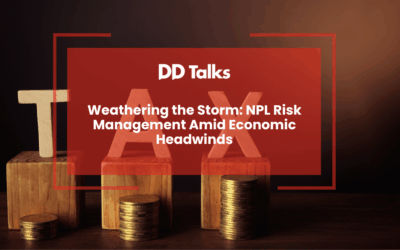High-Yield Debt: Market Dislocation and Rising Risks
As the global credit landscape continues to shift, concerns about the sustainability of high-yield debt are becoming more pronounced. Analysts are now signaling a marked dislocation between high-yield corporate bond valuations and underlying market fundamentals, driving investors to reconsider their risk exposure.
Widening Disparity in High-Yield Market
Amid rising market volatility, the high-yield debt sector is grappling with increased levels of distress, despite credit spreads remaining relatively tight. While high-yield bonds have long been attractive for their potential returns, the current environment reveals a significant divergence between price valuations and the actual credit risk of many issuers.
According to credit market experts, a larger portion of the high-yield universe, especially in the U.S. and Europe, is now trading at distressed levels, characterized by spreads exceeding 1,000 basis points. The worry lies in the fact that these spreads, while tighter than during previous crises, do not fully reflect the growing economic risks and potential default rates.
Macro Pressures and Sector-Wide Stress
One of the primary drivers of this market dislocation is the sharp rise in interest rates as central banks attempt to tackle inflation. Over the past few years, aggressive rate hikes have tightened liquidity, leaving highly leveraged companies—particularly in industries such as telecoms, healthcare, and consumer goods—exposed to heightened default risk. What’s more striking is that these sectors, traditionally considered defensive, are now experiencing elevated stress, a signal that no corner of the market is immune.
Industry insiders note that this broad-based pressure is largely unprecedented outside of severe economic downturns. The fear surrounding the creditworthiness of issuers, especially those with stretched balance sheets, continues to grow as borrowing costs climb, limiting companies’ ability to service their debts.
Risk-Reward Imbalance in High-Yield Bonds
Given the current market dynamics, many investors are reconsidering their allocation to high-yield debt, which is now seen as offering limited upside relative to the significant risks involved. The low credit spreads, coupled with high levels of distress, suggest that high-yield valuations are artificially elevated, further reducing their appeal in today’s market.
As one credit strategist put it, “The high-yield market may still offer income, but the risk-reward trade-off has deteriorated considerably. Investors should be cautious about pursuing yield in a market where fundamentals no longer support valuations.”
The Path Forward: Selectivity is Key
In response to these challenges, experts advocate for greater selectivity and diversification across credit markets. Many now see better opportunities in structured credit, bank capital, and certain investment-grade securities, which offer more attractive yields with lower downside risk.
In conclusion, as high-yield debt markets continue to exhibit signs of distress, navigating the landscape requires a careful reassessment of risks and rewards. Investors are advised to remain vigilant and consider alternative credit sectors that provide stronger fundamentals and more stable income profiles.
NPL & Distressed Debt Markets UK and Ireland




0 Comments